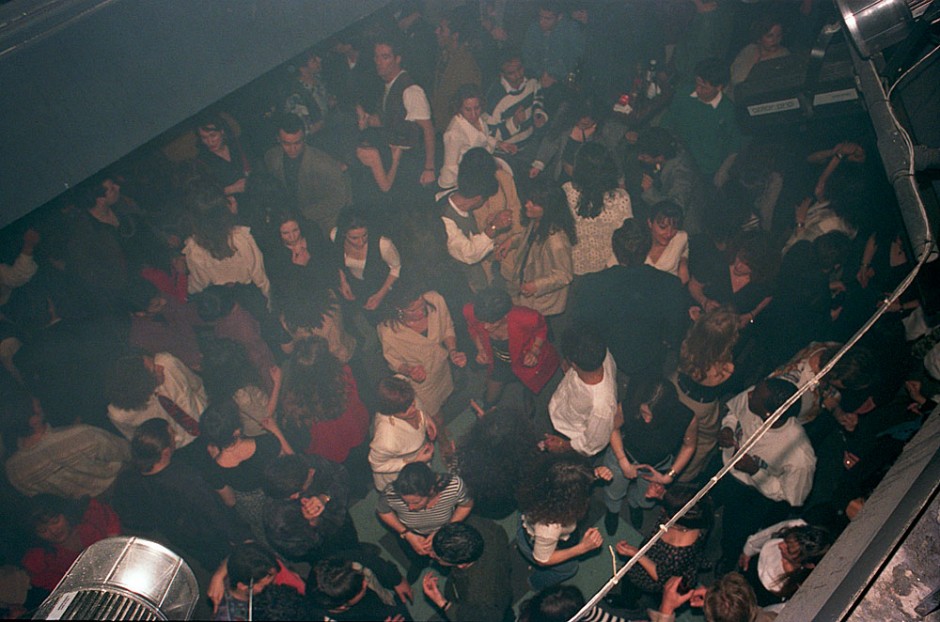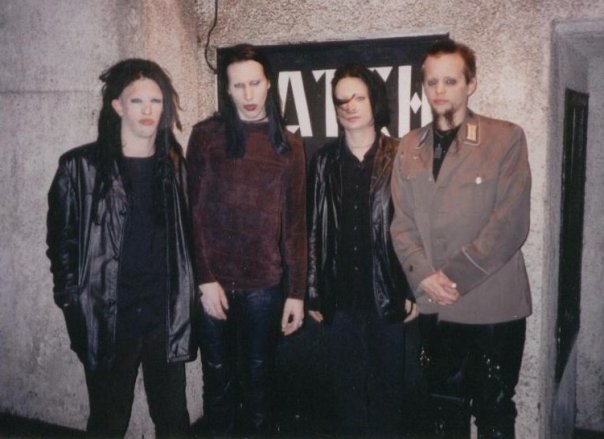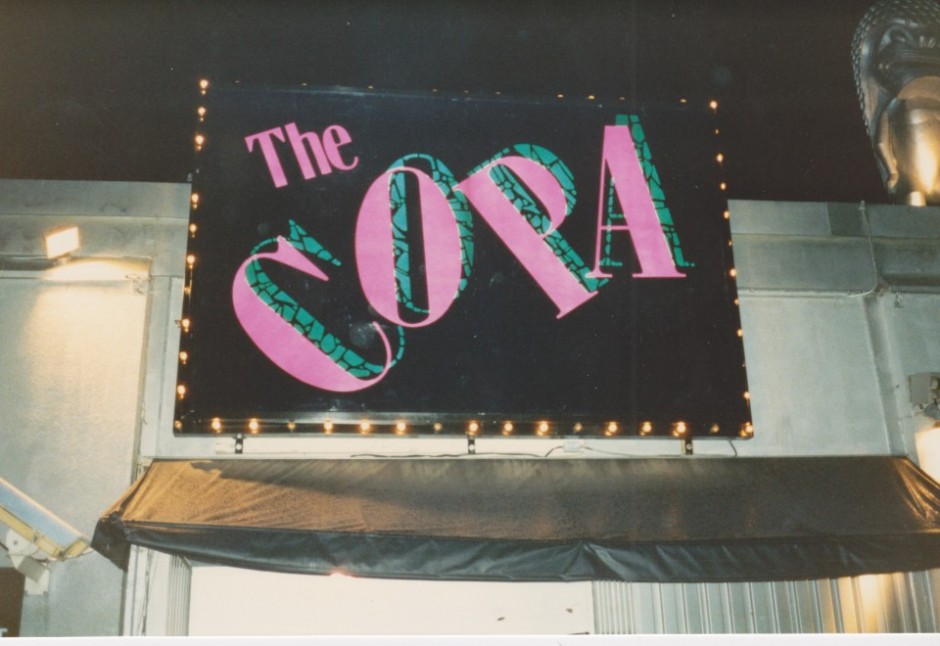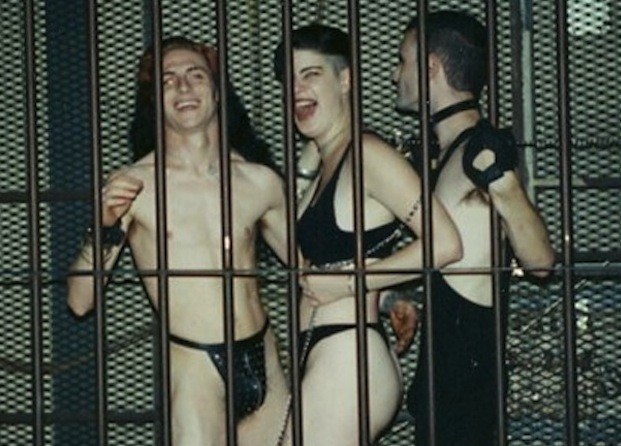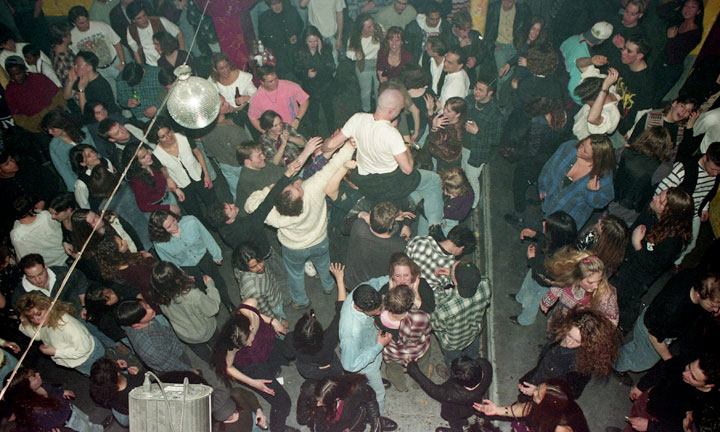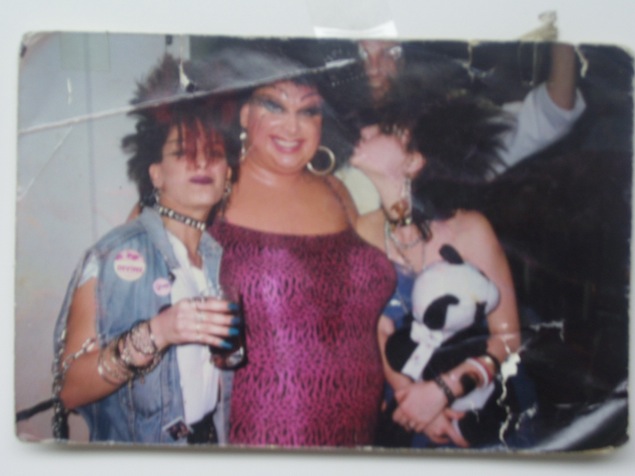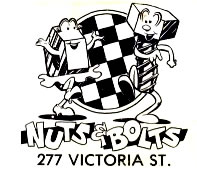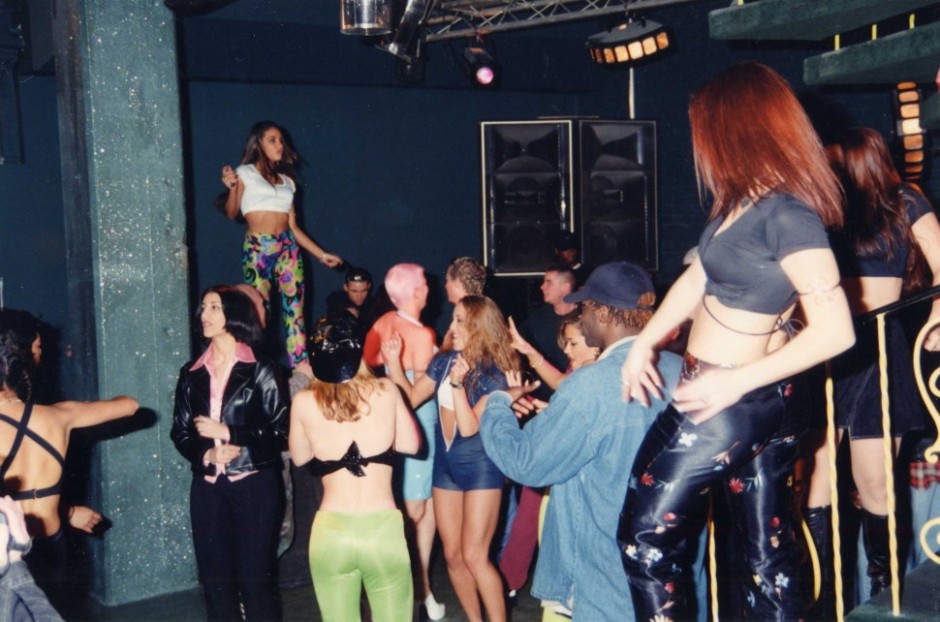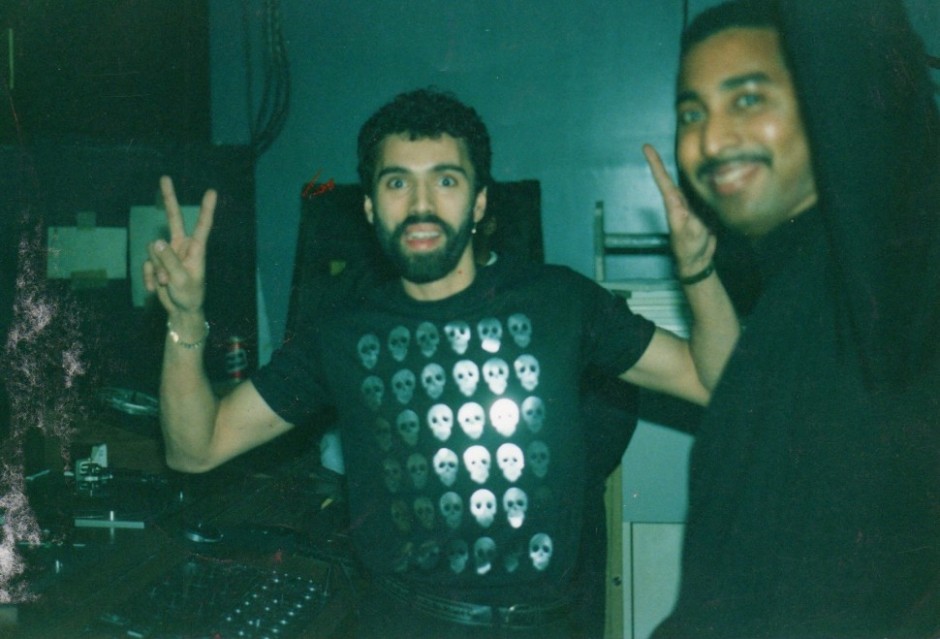Limelight dancefloor. Photo by Steven Lungley. All rights reserved.
Article originally published July 27, 2012 by The Grid online (thegridto.com).
As the Entertainment District grew more sophisticated in the 1990s, this proudly shabby and unpretentious nightclub drew crowds by the thousands each week to a sleepy stretch of Adelaide.
BY: DENISE BENSON
Club: Limelight, 250 Adelaide St. W.
Years in operation: 1993-2003
History: Before the Entertainment District became synonymous with dance clubs, the well-worn brick building at 250 Adelaide St. W. was home to businesses including a print shop and Old Favorites Books.
Located near the corner of Duncan, the building was spotted by businessman Zisi Konstantinou, who saw its potential as a club space. Richmond Street east of Spadina was already attracting large weekend crowds in the early 1990s, thanks to venues like Charles Khabouth’s pioneering Stilife and the Ballinger brothers’ hotspot Go-Go, which later became Whiskey Saigon. Adelaide east of Spadina was not yet a dancer’s destination.
Konstantinou’s next smart move was to hire Boris Khaimovich as general manager of his club-to-be. Khaimovich—who’d worked the door and managed at Toronto clubs including The Copa, Boom Boom Room, and Go-Go, brought his vision to the project—and was Limelight’s guiding light for eight of its 10 years.

